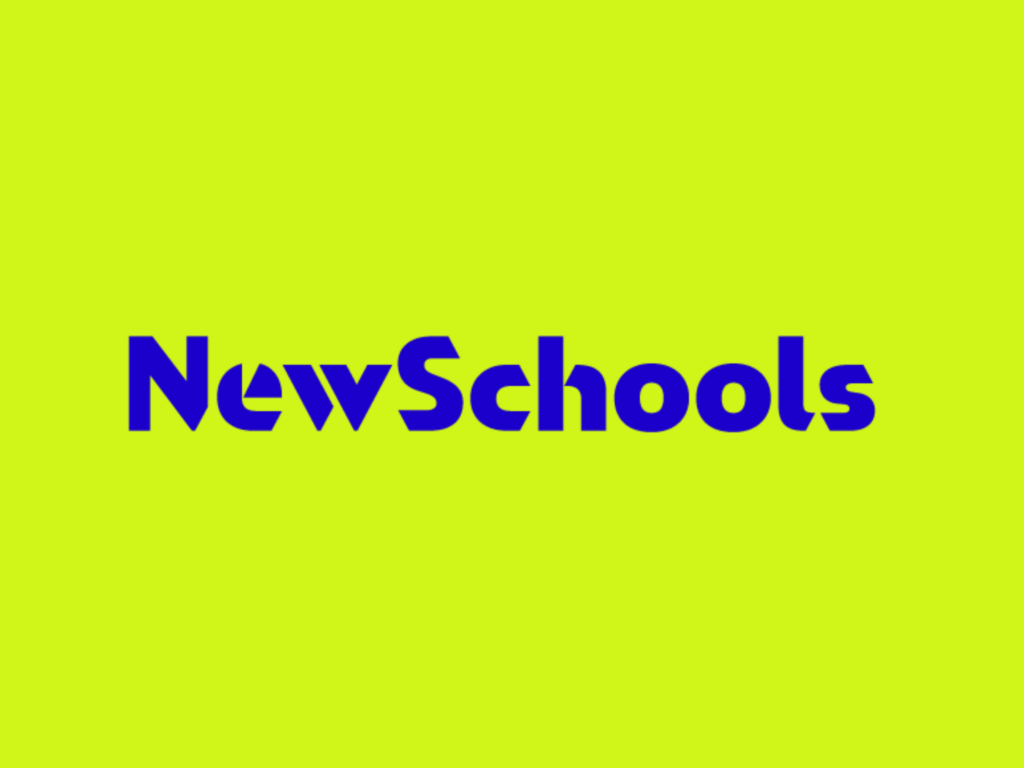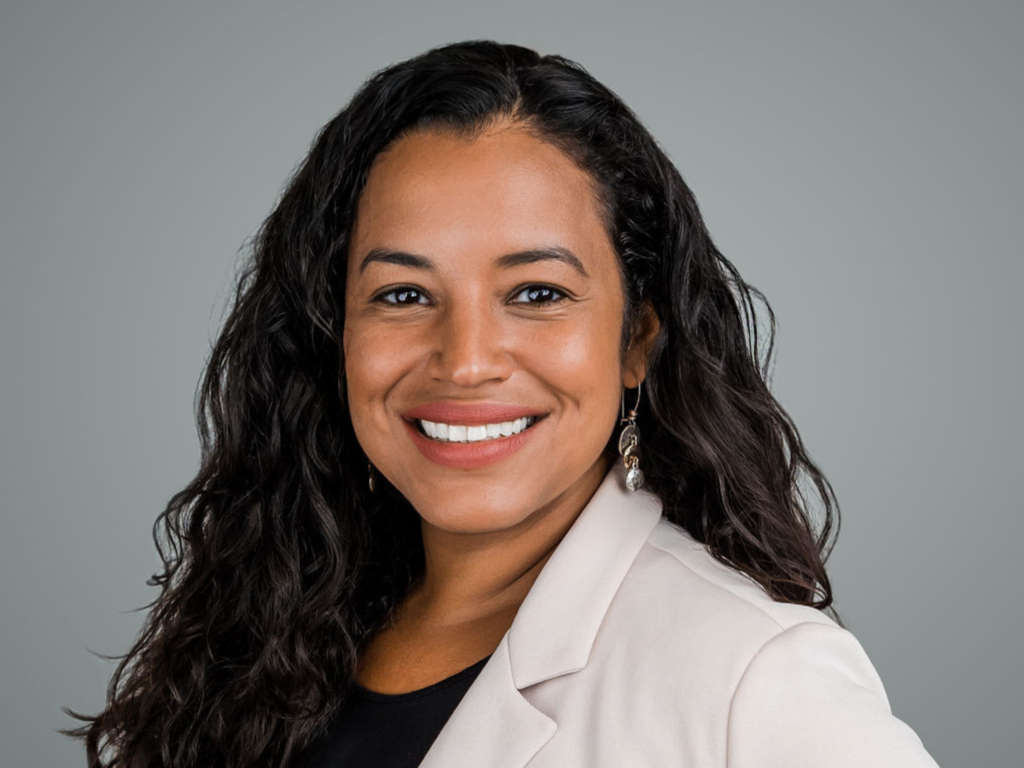When Chris Lehmann, principal of the technology-rich Science Leadership Academy in Philadelphia, wanted to give teachers feedback on their lessons last year, he turned to his iPad. Lehmann wanted to deliver comments to teachers faster than typing them into Microsoft Word documents would allow. So he started entering compliments, critiques, and notes into teachers’ personal Google spreadsheets as he observed them, triggering instant alerts in their email inboxes.
“It led to wonderful dialogue and it was a way to give feedback in a timely fashion in a way that […] didn’t just stick in a file cabinet somewhere,” Lehmann said.
Lehmann’s experience reflects an explosion in on-the-ground education technology ingenuity, even though federal investments in innovation haven’t produced earth-shattering results. An increasingly crowded field of options presented by private companies, nonprofit organizations, and even teachers and principals themselves are reshaping instruction, assessment, and teacher evaluations—and the very experiences of teaching and learning.
In the past, teachers who thought up new and improved ways to deliver instruction could just run with their ideas—largely because teachers operated alone, isolated inside their classrooms. Now, they’re getting connected as districts and administrators seek to replicate successful strategies on a larger scale.
That’s the driving theory behind New York City’s two-year-old “Innovation Zone,” which encompasses a wide range of programs that aim to upend traditional modes of schooling. The School of One’s personalized learning program, which many viewed as a standout among winners of the federal innovation competition, was the zone’s early hallmark—but now its 160 schools are characterized more by the way they are using technology to reorganize the school day, change the way teachers are deployed, and shift financial resources to support new priorities. The zone’s personnel are in place, to some extent, to facilitate principals’ dreams.
Two New York City principals—Alisa Berger of the NYCiSchool and Sarah Scrogin of East Bronx Academy of the Future—who have been part of the zone since its launch last year convened a monthly meeting where principals can discuss the challenges and opportunities of reimagining their schedules, instructional approaches, and uses of technology. At a recent meeting, principals weighed how they might take advantage of a new state regulation that relaxes “seat-time” requirements for students who take classes conducted partially online. Some of them bubbled enthusiastically about the opportunity presented by the new regulation, tugging along others who were more apprehensive about changing the way they had always assigned credits.
Berger and Scrogin have also pioneered another innovation: using Skype to share teachers between their schools. Last year, an East Bronx Academy teacher led an Advanced Placement English class for students at both schools, with iSchool students in Lower Manhattan tuning in online. Other city schools plan to launch similar arrangements this fall, and while the number of schools participating is likely to be a tiny fraction of the schools in the city, schooling-by-Skype already is unsettling longstanding geographic and socioeconomic fault lines. The arrangement also is allowing principals to augment their course offerings at a time when many schools are being forced to cut back.
Somewhat counter-intuitively, budget cuts could speed the adoption of other new technologies, including one that could allow Lehmann to take his entire observation process online.
At least one of several new teacher observation iPad apps, PD 360, includes videos of excellent teaching that principals can show to teachers who fall short. Yvette Allen, principal of In-Tech Academy in the Bronx, said recently that she is eager to see whether she could use PD 360 videos to replace some of the off-campus training sessions to which she sends teachers. If the quality is good, she said, she could cut down both on the costs of the training sessions and on how much she spends to pay substitutes when her teachers are out of the building.
For now, Lehmann still must use Philadelphia’s unwieldy form when he conducts annual observations for evaluation purposes. But that could change as the market for apps such as PD 360 expands along with states’ commitment to common standards and toughening teacher evaluation rules.
Some New York City principals report they’ve already loaded another observation program, TeachScape, onto their iPads for the new school year in an effort to conduct higher quality evaluations.
TeachScape is one of several technology projects that have received support from the NewSchools Venture Fund, a nonprofit group that raises funds for education entrepreneurs. (NewSchools’ founder, Kim Smith, and former communications director, Julie Peterson, authored the recent study criticizing federal innovation efforts.) Many groups offer funding for education technology projects, but NewSchools is the highest-profile.
Some of NewSchools’ recent investments underscore the reality that new technologies have only begun to sate a thirst for collaboration among teachers and principals. The group has given grants to BetterLesson, a social-networking site for teachers looking to share classroom materials, and Wireless Generation, a NewsCorp-owned company that is teaming up with the Gates Foundation to produce a suite of collaboration tools that the two groups are billing as “a huge app store—just for teachers.”
In a landscape that’s teeming with shiny new solutions to ancient problems, the users will ultimately decide which technology tools gain widespread adoption. And educators are discerning customers.
“At the end of the day it’s a tool,” Lehman said about iPads, but he could have been referring to any number of technologies that are poised to reshape the classroom. “How you use the tool becomes really important. […] Where this stuff makes us stronger and better and achieve our mission of taking care of kids, it’s awesome.”

